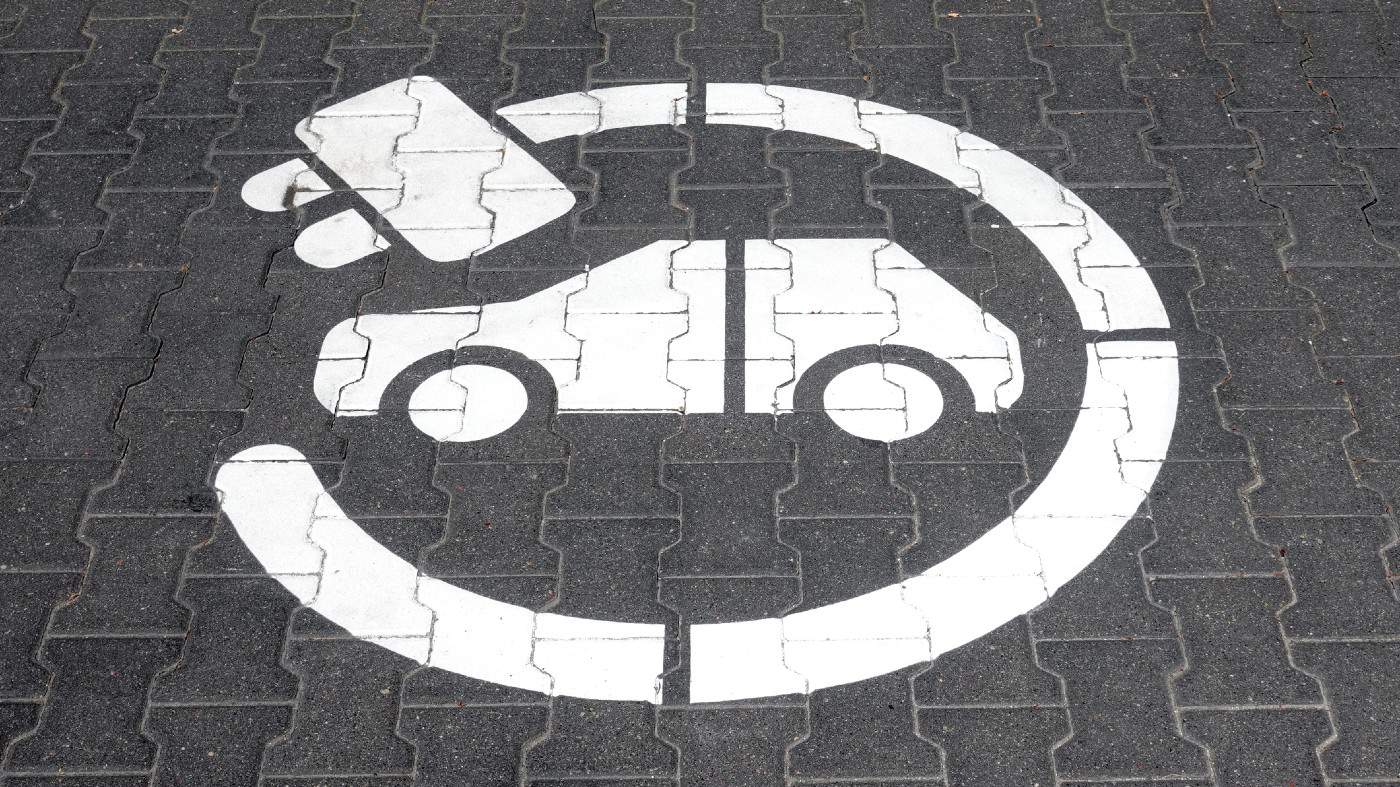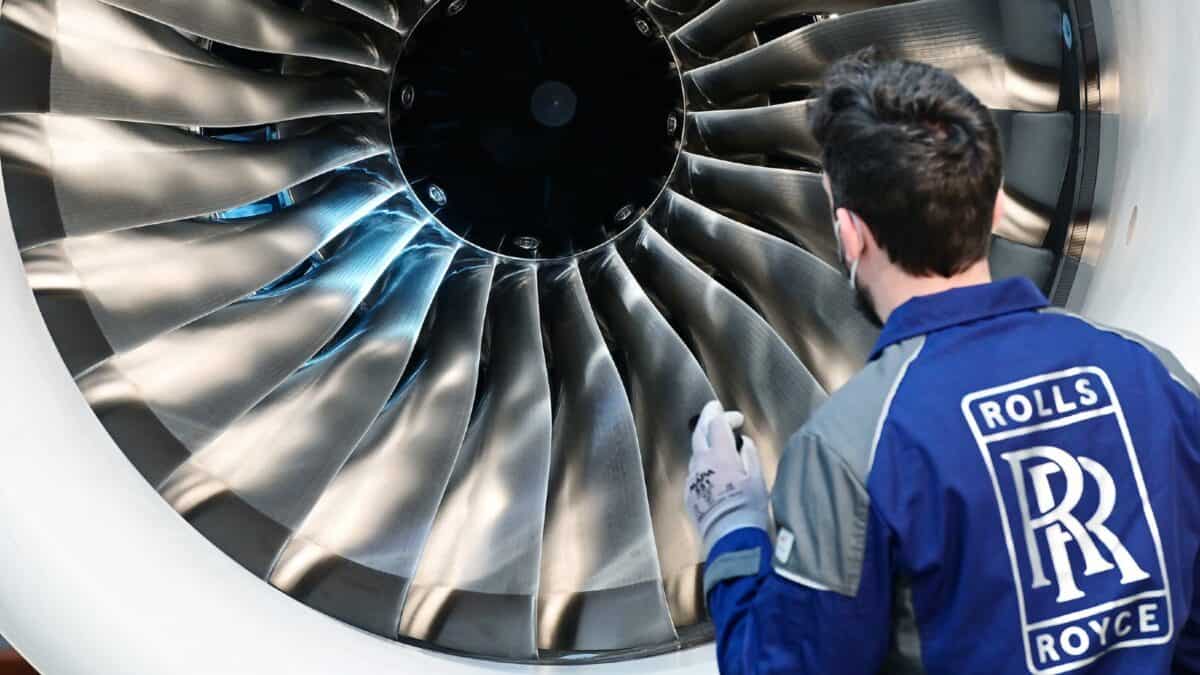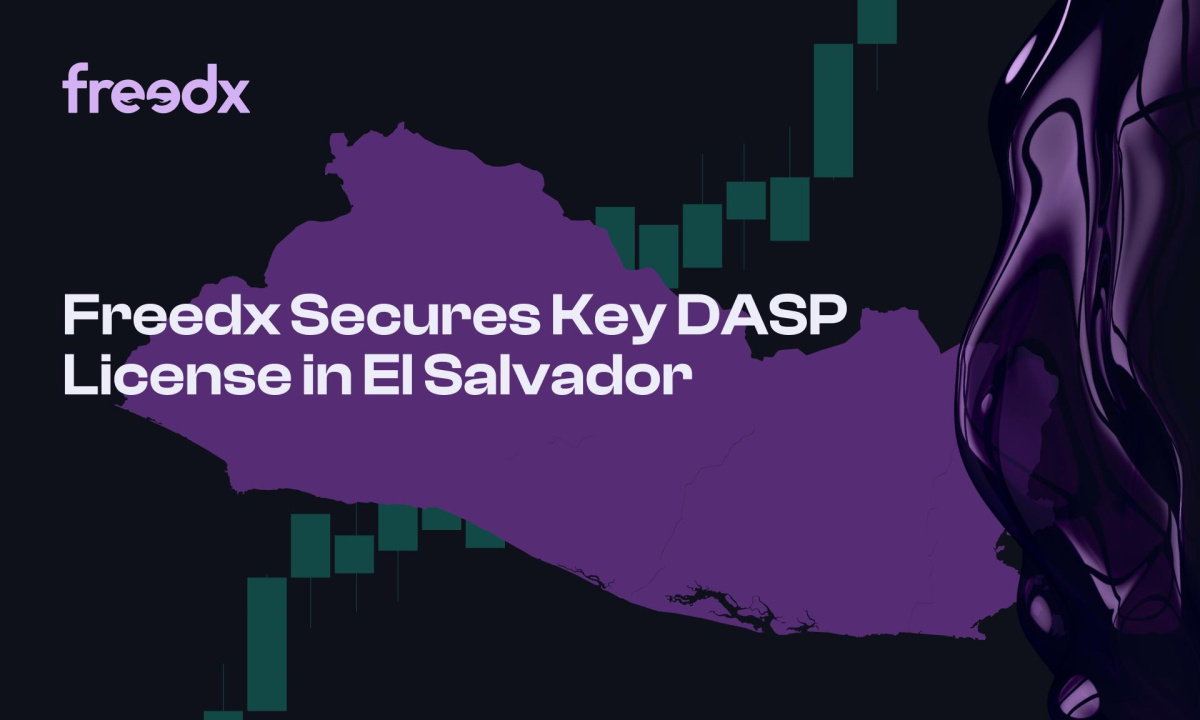Image source: Getty Images
It’s very rare that I immediately make a share a large holding in my ISA. In my experience, it’s better for a stock to earn that position over time through outperformance and increasing levels of trust.
However, I recently made an exception with Uber Technologies (NYSE: UBER). And I did so in large part because of its massive opportunity in a brand new market potentially worth $1trn+ in future.
Robotaxis are here
The market is autonomous vehicles (AVs). While we’ve long heard about driverless cars, they’ve always seemed a decade away (at least). But Waymo’s robotaxis are mushrooming across San Francisco and Los Angeles and are also on the roads in Phoenix.
Indeed, Waymo (owned by Google parent Alphabet) says it now provides more than 100,000 paid robotaxi rides per week across the three cities.
Next year, it will expand to Atlanta and Austin. And it’s already doing 24/7 curbside pickups and drop-offs at Phoenix Sky Harbor International Airport in Arizona.
AVs by Cruise (owned by General Motors) are also back on the road after one seriously injured a pedestrian last year.
In the UK, self-driving AI startup Wayve (backed by Microsoft, Nvidia, and Uber) is leading the charge. The last transport secretary said that AVs could be on UK roads by 2026.
How does this benefit Uber?
At first glance, this might not seem great for Uber. It sold its self-driving division to Aurora Innovation in 2020 and still has human drivers delivering passengers and food through its platform.
However, Uber is moving quickly to open up its network to all the big AV players mentioned here. When Waymo expands to Austin and Atlanta, trips will be available only be through the Uber app.
So the ride-hailing giant is positioning itself at the heart of a potentially massive new future industry.
Uber is uniquely positioned to offer tremendous value for autonomous vehicle players looking to deploy their technology at scale.
Uber CEO Dara Khosrowshahi
The Tesla wildcard
In October, Elon Musk is set to unveil Tesla‘s long-awaited robotaxi. This fleet will likely have no steering wheels or pedals. The plan is to eventually give Tesla owners the option to send their cars out into a wider robotaxi network to earn them (and the company) money.
Of all the AV firms, I’d say Tesla is the most likely to avoid partnerships. Musk has the type of social media following to rival Uber’s massive 156m user base. He could probably get millions of downloads on a custom-built consumer app within hours.
So Tesla could be a major competitive threat one day.
Huge potential
As things stand, Uber is humming along nicely. Last year, revenue jumped 17% to $37.3bn and it’s now reporting surging profits.
Here are the earnings and valuation forecasts for 2024-2026:
| Year | Revenue | Earnings per share (EPS) | Forward P/E ratio |
|---|---|---|---|
| 2024 | $44bn | $1.08 | 71 |
| 2025 | $50bn | $2.28 | 34 |
| 2026 | $58bn | $3.13 | 24 |
Looking ahead, most of Wall Street thinks the AV opportunity is in the trillions of dollars. Therefore, this could become the next AI-type investing theme over the coming decade. And Uber’s app is primed to become the place where people (including myself) book these driverless trips.
By eventually replacing many of its drivers, Uber could reduce labour costs and increase profit margins. Its staggering potential in the $1trn+ robotaxi market has earned the stock a prominent place in my ISA.
Credit: Source link














